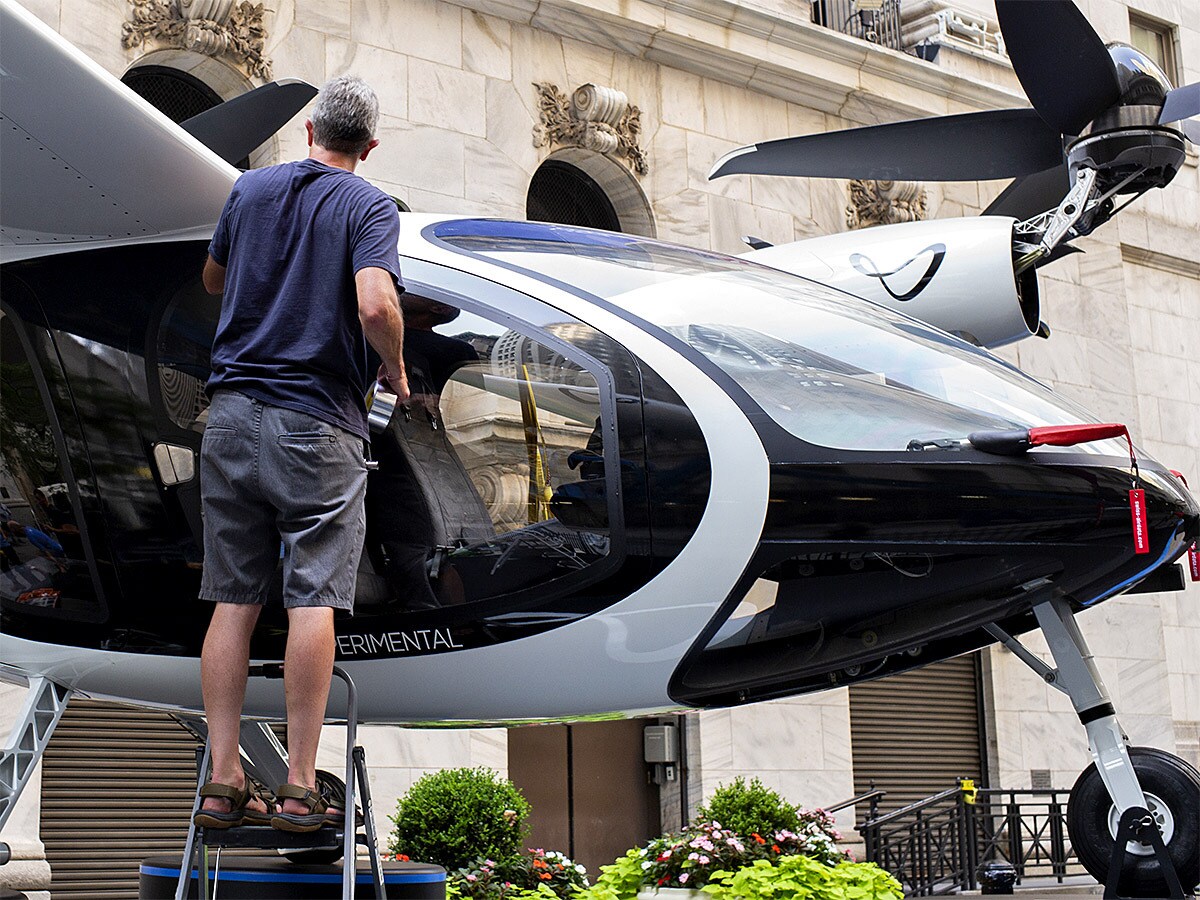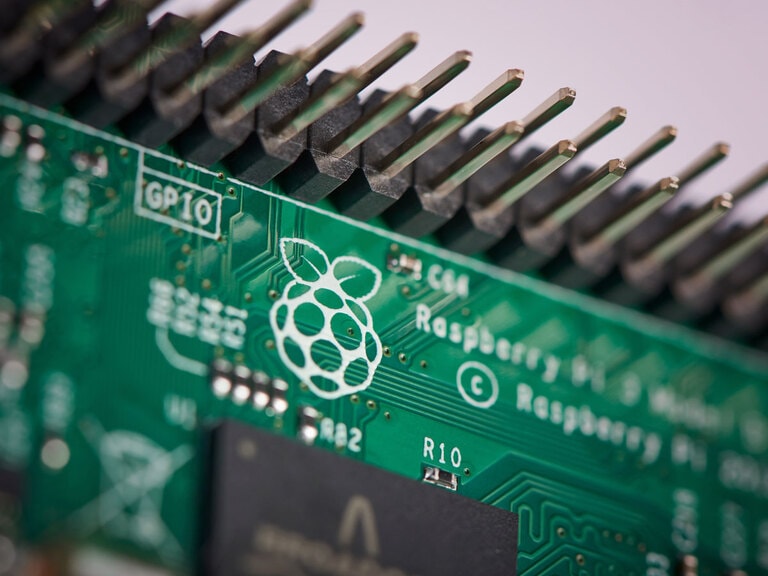With its air taxi not set to launch until 2024, Joby Aviation is still far from reaching profitability, but the electric vertical take-off and landing (eVTOL) company’s fourth-quarter announcement should offer more details about its position.
Despite being dubbed ‘the Tesla of the skies’, the Joby Aviation [JOBY] share price has not performed as well as its electric vehicle counterpart after nosediving in recent months. The company’s fourth-quarter 2021 results, due to be reported on 24 March, are unlikely to help it take flight either, given it posted significant losses in the third quarter.
Since its debut on the NYSE on 11 August, following a special acquisition company (SPAC) merger backed by LinkedIn founder Reid Hoffman and Zynga [ZYNGA] founder Mark Pincus, the company has seen its share price drop sharply. Joby Aviation’s stock plunged 37.9% over the past six months and 22.5% since the start of the year, closing at $5.66 on 18 March.
The company has issued no guidance or estimates for its upcoming earnings call, but the results should be a chance for investors to find out more about the company’s financials.
Test crash reflects the stock’s turbulence
The selloff in Joby Aviation shares was accelerated by a test flight crash on 16 February. Though no one was hurt, the accident highlighted the challenges that the company is facing in acquiring Federal Aviation Administration (FAA) certification, which will show aviation authorities that its product meets safety regulations.
The company announced last summer that it intends to become the first eVTOL maker to receive FAA certification with the goal of launching its commercial air taxi service in 2024. However, an investigation into the crash could push the launch back.
The crash also serves as a reminder of why eVTOL stocks can be a risky investment. Despite having a staggering $3.42bn valuation as of 18 March, the company is not going to start seeing any material revenue until its taxis are up in the sky and carrying passengers. It’s could also be some time before the company is able report a profit and start to generate free cash flow.
Cash pile is a key metric
In the third quarter, Joby Aviation reported a loss of $78.9m, which it put down to “growth in engineering, certification and early manufacturing activities, as well as the revaluation of SPAC-related warrants and earn-out shares”.
The company ended the quarter with $1.4bn in cash and short-term investments to support ongoing operations.
Investors will be hoping that operations during the three months to the end of December didn’t lead to too much cash being burned. Even better would be if the company managed to add to its cash pile.
Investors will also be hoping for an update on how the February crash might affect its path to FAA certification. If it does, this could potentially result in higher operating costs and increased investment in research and development.
A nascent industry with execution risk
There are big questions facing eVTOL companies in the short term: Are air taxi services a legitimate business model? Is there even consumer demand for air taxis?
One analyst who is confident about Joby Aviation’s prospects in the long-term is Morgan Stanley’s Kristine Liwag. She initiated her coverage of the stock back in September with an ‘overweight’ rating and a $16 price target, implying an upside of 182.7% from its 18 March closing price.
“In our view, the accident with the Joby aircraft does not close the door on FAA certification. However, the cause of the accident must be understood,” Liwag wrote in a note to clients. Despite being bullish on the stock, Liwag cautioned that “this execution risk highlights why we have such a wide range of outcomes for Joby considering the nascency of the industry”.
The only other brokerage to have initiated coverage of Joby Aviation, according to MarketBeat data, is Barclays. It assigned it an ‘equal’ rating in January along with a price target of $6, which implies a more modest 6% upside from its most recent closing price.
Continue reading for FREE
- Includes free newsletter updates, unsubscribe anytime. Privacy policy





